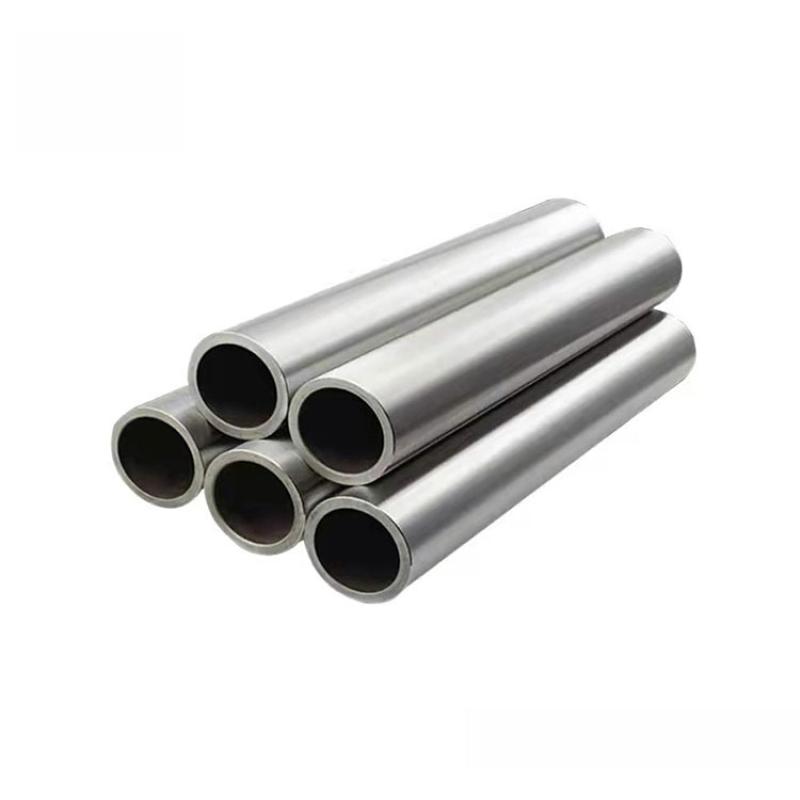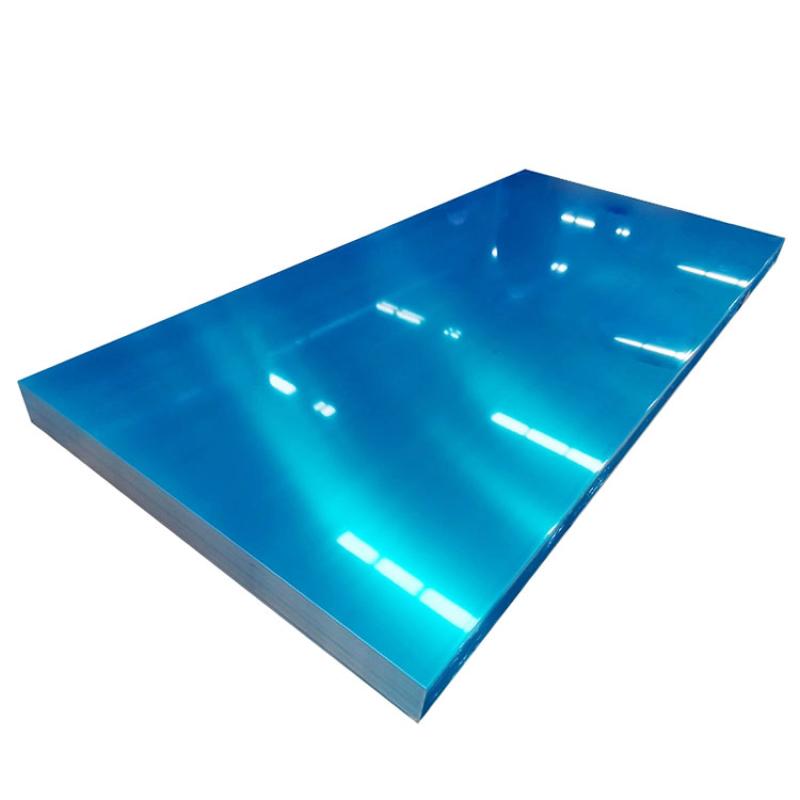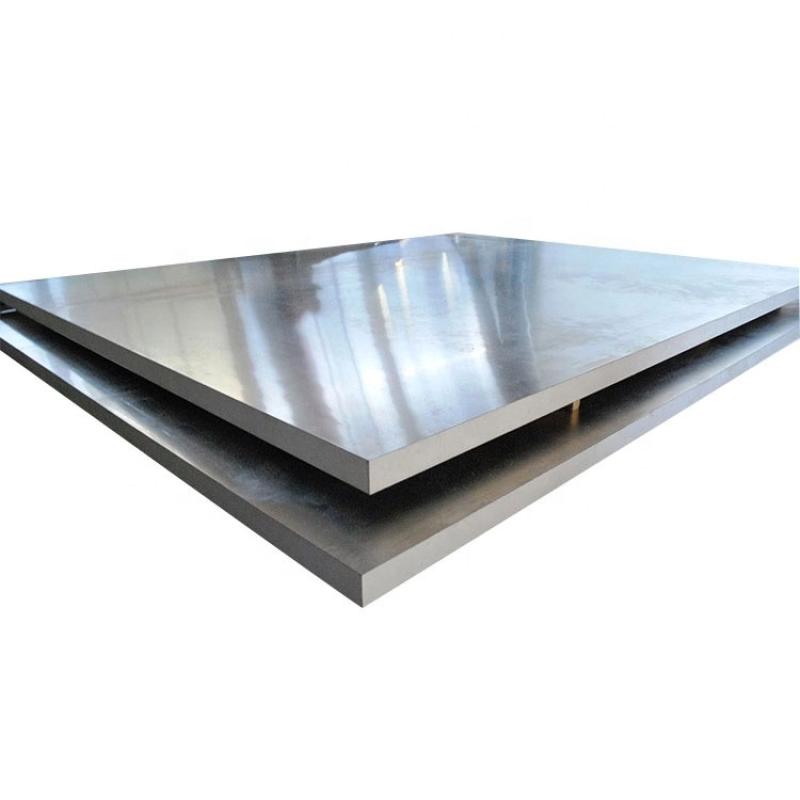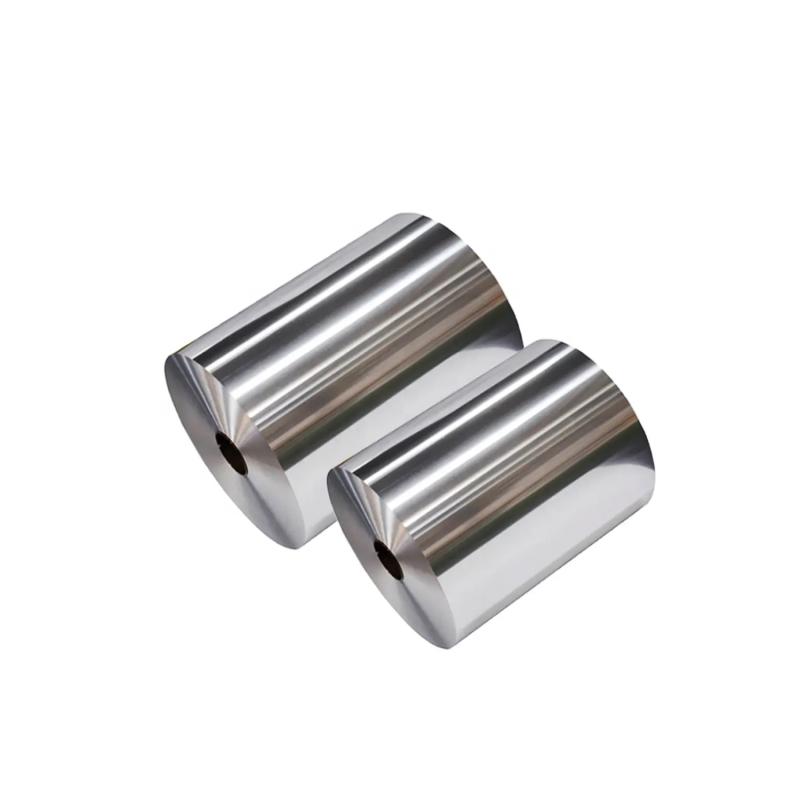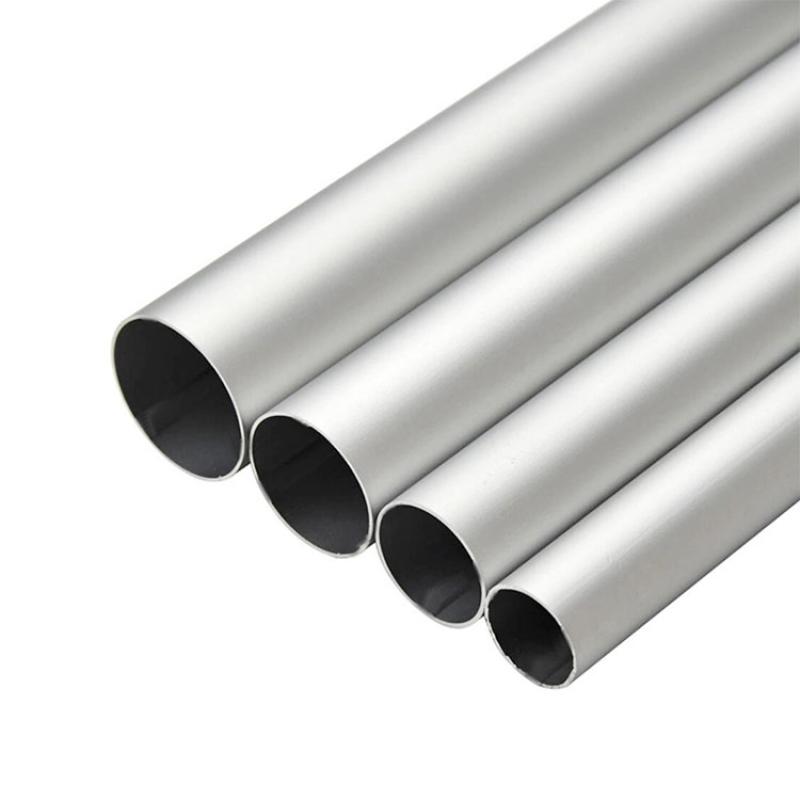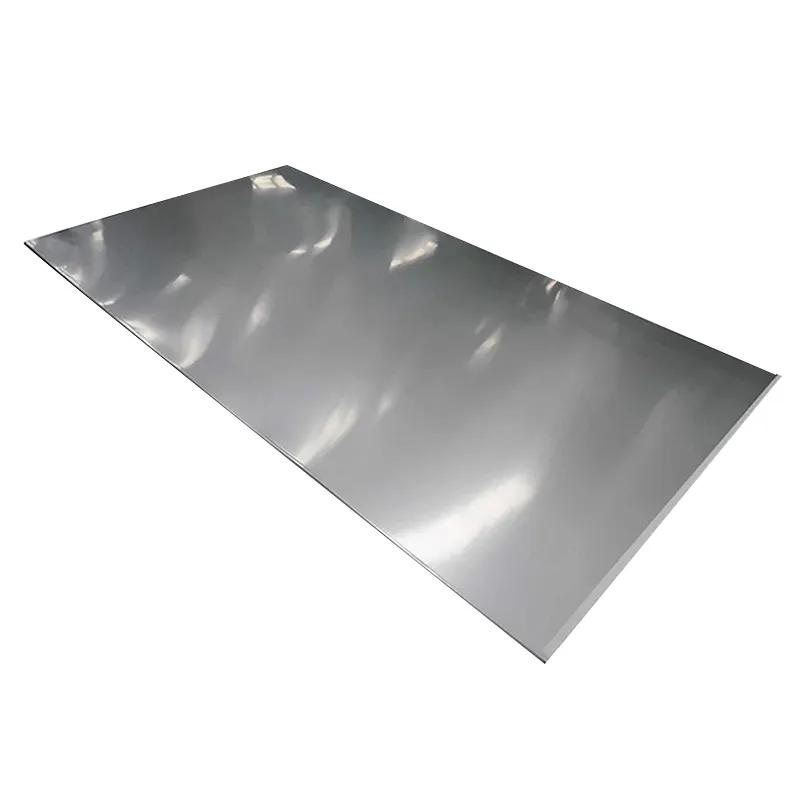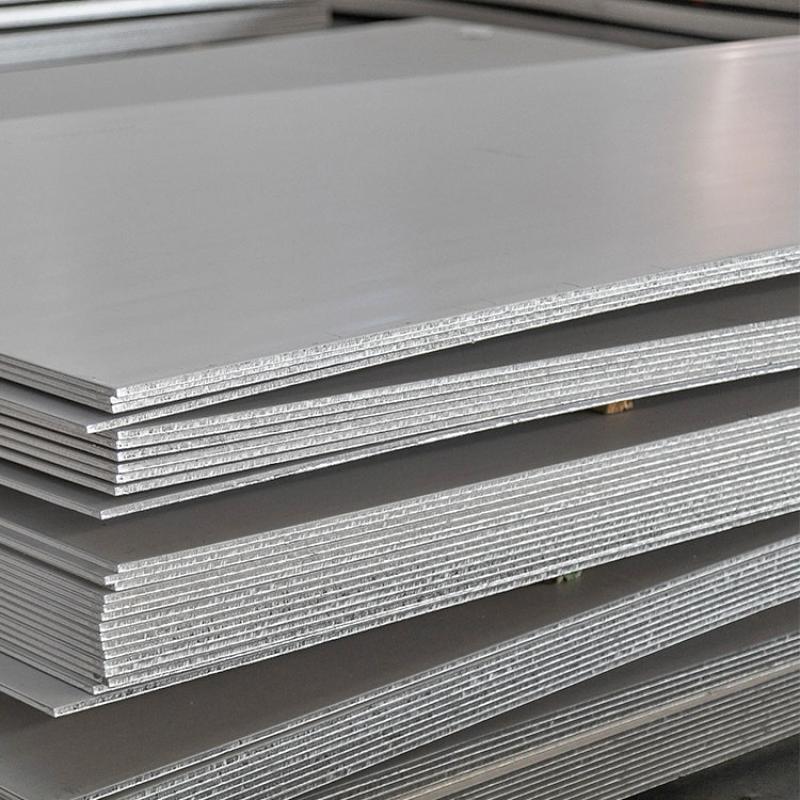5052 Aluminum Alloy is a medium strength alloy containing Magnesium as its major alloying element. 5052 Aluminum alloy has good workability, a high fatigue strength and is very good for welding. It has very good corrosion resistance to seawater and the marine and industrial atmosphere.
Contact Now
Aluminum 5052 has moderate-to-high strength characteristics with good weldability and resistance to corrosion. Due to its light weight, high strength, and attractive finishing capabilities, it can be used to make smaller, thinner components, such as those used in consumer electronics.
Contact Now
Aluminium foil is a thin sheet of metal foil comprising about 92-99% aluminum. Its thickness is typically between 0.0002 to 0.006 inches. Its width and intensity are very different due to expected applications.
Contact Now
Alloy 6061 coils and sheets are the most versatile of the heat treatable aluminum alloys. Though less strong than most of the 2xxx and 7xxx alloys, 6061 aluminum provides an extensive range of mechanical properties and corrosion resistance and can be fabricated by many of the commonly used practices. In the "O" temper or annealed condition, alloy 6061 has good formability.
Contact Now
Aluminium foil is a thin sheet of metal foil comprising about 92-99% aluminum. Its thickness is typically between 0.0002 to 0.006 inches. Its width and intensity are very different due to expected applications.
Contact Now
Aluminum Plate refers to the rectangular plate processed by aluminum ingot rolling, which is divided into pure aluminum plate, alloy aluminum plate, thin aluminum plate, medium thickness aluminum plate, pattern aluminum plate.
Contact Now
Aluminum Plate refers to the rectangular plate processed by aluminum ingot rolling, which is divided into pure aluminum plate, alloy aluminum plate, thin aluminum plate, medium thickness aluminum plate, pattern aluminum plate.
Contact Now
The 1050 aluminum alloy is formed with a small amount of copper in pure aluminium, which has remarkable forming characteristics, high corrosion resistance, good weldability and conductivity.
Contact Now
Aluminium foil is a thin sheet of metal foil comprising about 92-99% aluminum. Its thickness is typically between 0.0002 to 0.006 inches. Its width and intensity are very different due to expected applications.
Contact Now
Aluminum 7075 is an aluminum alloy with zinc as the primary alloying element.
Contact Now
Aluminium foil is a thin sheet of metal foil comprising about 92-99% aluminum. Its thickness is typically between 0.0002 to 0.006 inches. Its width and intensity are very different due to expected applications.
Contact Now
Aluminum Plate refers to the rectangular plate processed by aluminum ingot rolling, which is divided into pure aluminum plate, alloy aluminum plate, thin aluminum plate, medium thickness aluminum plate, pattern aluminum plate.
Contact Now
3003 aluminum coil and sheet is approximately 20% stronger than 1100 series aluminum. 3003 aluminum reacts well to mechanical finishings as well as organic finishes. 3003 welding is readily accomplished by means of conventional welding methods, but may be gummy if machined.
Contact Now
Aluminium foil is a thin sheet of metal foil comprising about 92-99% aluminum. Its thickness is typically between 0.0002 to 0.006 inches. Its width and intensity are very different due to expected applications.
Contact Now
Aluminum Plate refers to the rectangular plate processed by aluminum ingot rolling, which is divided into pure aluminum plate, alloy aluminum plate, thin aluminum plate, medium thickness aluminum plate, pattern aluminum plate.
Contact Now
5052 aluminium coil exhibits higher corrosion resistance than other aluminium alloys, and a higher strength than 3003 aluminium coil. It maintains a superior resistance to salt water, making it a popular material for marine applications. 5052 aluminium coil is easy to form, stamp, weld and finish. With the proper setup, it has fair machinability.
Contact Now
Stainless steel sheet is an alloy steel with smooth surface, high weldability, corrosion resistance, polishability, heat resistance, corrosion resistance and other characteristics. It is widely used in various industries and is an important material in modern industry. Stainless steel is divided into austenitic stainless steel, ferritic stainless steel, martensitic stainless steel, and duplex stainless steel according to the structure state.Feathurs1. Stainless steel has different grades, correspond to different hardness, thermoplastic, plasticity and weldability.
Contact Now
Aluminum alloys are known for their strong corrosion resistance characteristics, and the 1xxx alloy group offers the best corrosion resistance of any alloy group.
Contact Now
Aluminum ingots is non-ferrous product that is produced by pouring molten aluminum into special molds. These molds come in a variety of sizes and shapes, and the ingots created by this variety have different types in appearance.
Contact Now
Aluminum Plate refers to the rectangular plate processed by aluminum ingot rolling, which is divided into pure aluminum plate, alloy aluminum plate, thin aluminum plate, medium thickness aluminum plate, pattern aluminum plate.
Contact Now
Aluminum Plate refers to the rectangular plate processed by aluminum ingot rolling, which is divided into pure aluminum plate, alloy aluminum plate, thin aluminum plate, medium thickness aluminum plate, pattern aluminum plate.
Contact Now
Aluminum Plate refers to the rectangular plate processed by aluminum ingot rolling, which is divided into pure aluminum plate, alloy aluminum plate, thin aluminum plate, medium thickness aluminum plate, pattern aluminum plate.
Contact Now
Aluminium alloy 6063 is a medium strength alloy commonly referred to as an architectural alloy. It is normally used in intricate extrusions. It has a good surface finish, high corrosion resistance, is readily suited to welding and can be easily anodized.
Contact Now
The aluminium copper alloy 2024 is competitive on a strength-to-weight ratio with the higher-strength but heavier titanium and steel alloys and thus has traditionally been the dominant structural material in both commercial and military aircraft. In addition, aluminium alloys are not embrittled at low temperatures and become even stronger as the temperature is decreased, without significant ductility losses, making them ideal for cryogenic fuel tanks for rockets and launch vehicles.
Contact Now


